-
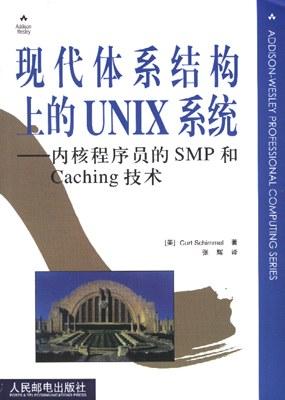
现代体系结构上的UNIX系统
本书首先回顾了与全书其他内容切实相关的UNIX系统内幕。回顾的目的是增进读者对UNIX操作系统概念的了解,并且定义随后使用的术语。本书接下来的内容分为3个部分。第一部分“高速缓存存储系统”介绍了高速缓存体系结构、术语和概念,详细考察了4种常见的高速缓存实现——3种虚拟高速缓存的变体和物理高速缓存。第二部分“多处理机系统”讨论了调整单处理机内核的实现,使之适合于紧密耦合、共享存储多处理机上运行时所面 -

精解Windows 7
《精解Windows 7》由微软最有价值专家(MVP)编写,从实用的角度,全面、详细介绍了Windows 7系统的使用方法和技巧。全书共16章,详细地讲解了Windows 7的新增特性、安装及配置方法、日常组件应用、程序和设备管理、电源和账户管理、系统安全防护、系统性能优化、网络配置和应用、数据备份和故障修复、新增Windows XP兼容模式等,并针对普通用户,介绍了家庭数字媒体娱乐、流媒体、数字电视、互联网等热点应用。 《精解Windows 7》内容丰富详实,适合各个层次的Windows 7用户阅读,能够帮助读者快速掌握并熟练使用Windows 7。 -
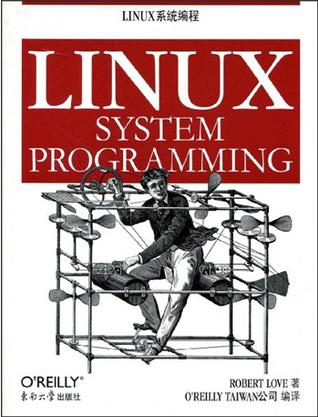
LINUX系统编程
《LINUX系统编程》讲述了:在某些时刻,几乎所有的程序员都要与其程序所处操作系统中的系统调用和程序库打交道。《LINUX系统编程》主要讨论如何编写Linux系统软件——代码位于底层,并且直接跟内核及核心系统程序库对话。《Linux系统编程》描述了使用标准接口包括使用Linux独有的高级接口时,在功能和性能之间如何进行权衡取舍的策略。 该书同样也是一本内行人士编写灵活高效代码的学习指南。作为内核黑客和《LINUX系统编程》的作者,Robert Love不仅阐释了系统接口应该如何工作,还介绍了它们实际上是如何工作的,以及怎样安全有效地使用它们。《Linux系统编程》包含了帮助你在任何层面编写更佳代码的实用技巧。 《LINUX系统编程》主题包括: 读写文件以及其他文件I/O操作,包括Linux内核如何实现和管理文件I/O,内存映射与优化 技术进程管理的系统调用,包括实时进程 文件与目录——创建、移动、复制、删除和管理 内存管理——内存分配接口,管理内存,以及优化内存访问 信号及其在Unix系统中的角色,以及基本和高级信号接口 时间、休眠和时钟管理,从基础开始讲述,并且涵盖POSIX时钟和高精度计时器拥有《Linux系统编程》,你将从理论和应用的角度深入了解Linux,可以最大限度地利用系统的潜能。 -
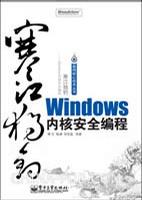
寒江独钓
本书从Windows内核编程出发,全面系统地介绍了串口、键盘、磁盘、文件系统、网络等相关的Windows内核模块的编程技术,以及基于这些技术实现的输入密码保护、防毒引擎、文件加密、网络嗅探、网络防火墙等信息安全软件的核心组件的具体编程。主要知识重点包括:Windows串口与键盘过滤驱动、Windows虚拟存储设备与存储设备过滤驱动、Windows文件系统过滤驱动、文件系统透明加密/解密驱动、Windows各类网络驱动(包括TDI过滤驱动及3类NDIS驱动),以及最新的WDF驱动开发模型。有助于读者熟悉Windows内核驱动的体系结构,并精通信息安全类的内核编程技术。本书的大部分代码具有广泛的兼容性,适合从Windows 2000一直到目前最新的Windows 7 Beta版。 本书适合大专院校计算机系的学生、普通Windows程序员、Windows内核程序员、信息安全行业的程序员,以及希望了解Windows系统底层知识的计算机编程爱好者使用。阅读本书,需要读者有C语言、数据结构、操作系统和计算机网络的基础知识。 -
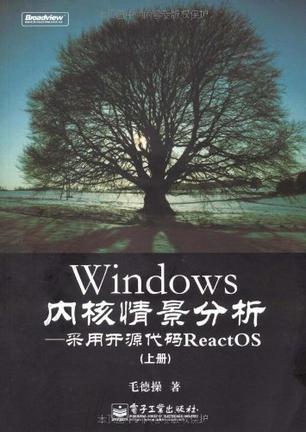
Windows内核情景分析
本书通过分析ReactOS的源代码介绍了Windows内核各个方面的结构、功能、算法与具体实现。全书从“内存管理”、“进程”、“进程间通信”、“设备驱动”等多个方面进行分析介绍,所有的分析都有ReactOS的源代码(以及部分由微软公开的源代码)作为依据,使读者能深入理解Windows内核的方方面面,也可以使读者的软件开发能力和水平得到提高。. 本书可供大学有关专业的高年级学生和研究生用做教学参考,也可供广大的软件工程师,特别是从事系统软件研发的工程师用于工作参考或用做进修教材。... -
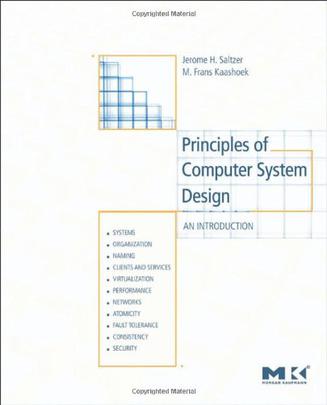
Principles of Computer System Design
This text identifies, examines, and illustrates fundamental concepts in computer system design that are common across operating systems, networks, database systems, distributed systems, programming languages, software engineering, security, fault tolerance, and architecture. Through carefully analyzed case studies from each of these disciplines, it demonstrates how to apply these concepts to tackle practical system design problems. To support the focus on design, the text identifies and explains abstractions that have proven successful in practice such as, remote procedure call, client/service organization, file systems, data integrity, consistency, and authenticated messages. Most computer systems are built using a handful of such abstractions. The text describes how these abstractions are implemented, demonstrates how they are used in different systems, and prepares the reader to apply them in future designs. Features: Concepts of computer system design guided by fundamental principles. Cross-cutting approach that identifies abstractions common to networking, operating systems, transaction systems, distributed systems, architecture, and software engineering. Case studies that make the abstractions real: naming (DNS and the URL); file systems (the UNIX file system); clients and services (NFS); virtualization (virtual machines); scheduling (disk arms); security (TLS). Numerous pseudocode fragments that provide concrete examples of abstract concepts. Extensive support. The authors and MIT OpenCourseWare provide on-line, free of charge, open educational resources, including additional chapters, course syllabi, board layouts and slides, lecture videos, and an archive of lecture schedules, class assignments, and design projects.